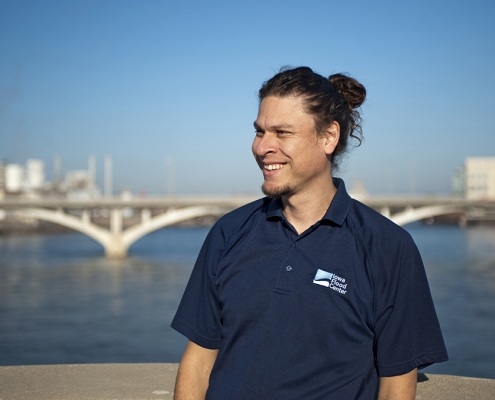
Predicting Floods with Computer Simulations
IIHR's Ricardo Mantilla is the principal architect of the Iowa Flood Center's flood prediction model, HLM-Async.
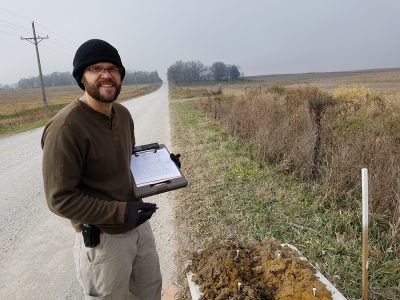
Water-quality Project Underway in Buchanan County
A new project funded by the Iowa Nutrient Research Center aims to understand the nutrient reduction benefits of roadside ditches.
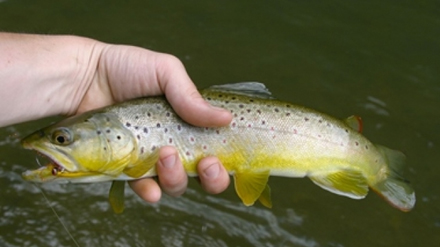
Solving Urban Runoff Water-Quality Problems
IIHR, and the Cedar Rapids Public Works department installed real-time water-quality sensors on a stormwater outfall on McLoud Run
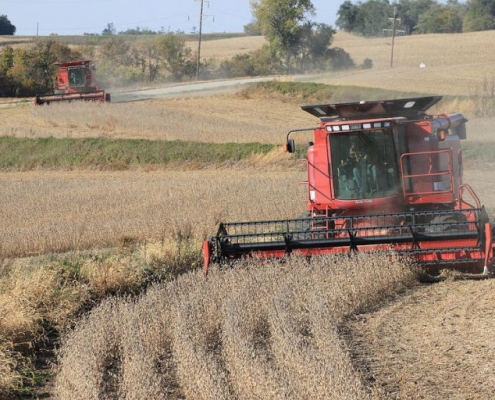
Corn is King, but Soybeans Have an Impact Too
Soybeans now rival corn
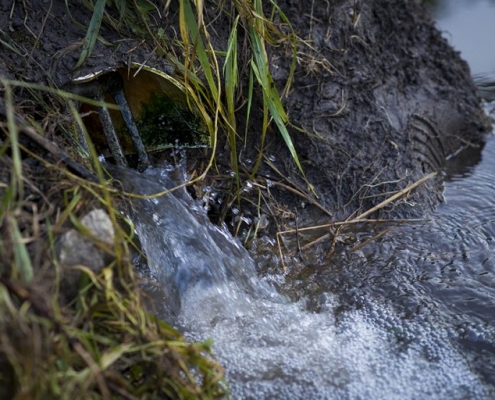
Surprising Phosphorus Trends
We now know that total phosphorus concentrations have significantly decreased at a dozen sites on Iowa’s rivers. Phosphorus, along with nitrate, is commonly used as fertilizer; both contribute to nutrients in Iowa’s rivers and streams and ultimately all the way downstream to the Gulf of Mexico.
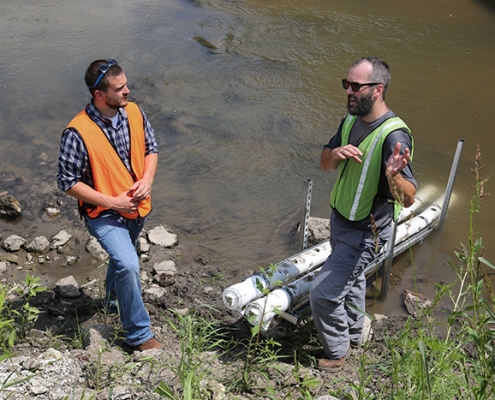
IIHR’s Water-quality Network Grows
Thanks to a network of water-quality sensors deployed and maintained by IIHR—Hydroscience & Engineering, water-quality data is now readily available for many sites in Iowa.
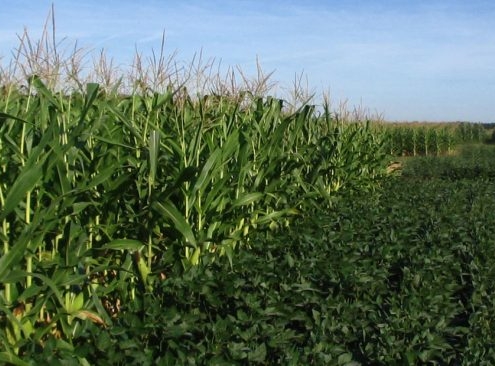
Understanding Changes in Raccoon River Nitrate
As Iowa farmers have planted more acres of corn to meet the demand driven by the corn-based ethanol industry, many models predicted that nitrate concentrations in Iowa streams would increase accordingly. However, recent IIHR research based on water monitoring and published in the Journal of Soil and Water Conservation casts doubt on these predictions.
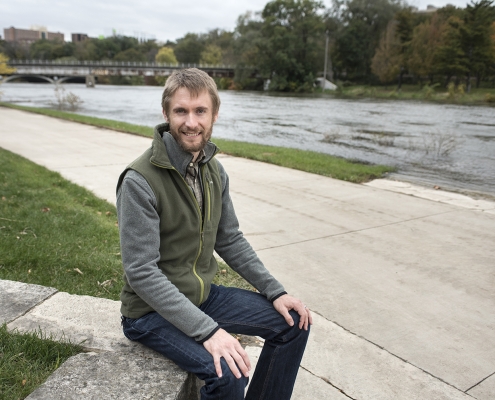
What’s in the Water?
Greg LeFevre, who joined IIHR in January as an assistant research scientist, is particularly interested in what becomes of certain contaminants as they move through the final stages of the water cycle. LeFevre studies biotransformation—or the chemical alteration—of contaminants in aquatic environments.

Gravitating Toward the Water
Klarich, a new member of the Cwiertny Lab, researches neonicotinoids, a class of insecticide that was found to be present in the Iowa River by the U.S. Geological Survey and IIHR researchers in 2014.
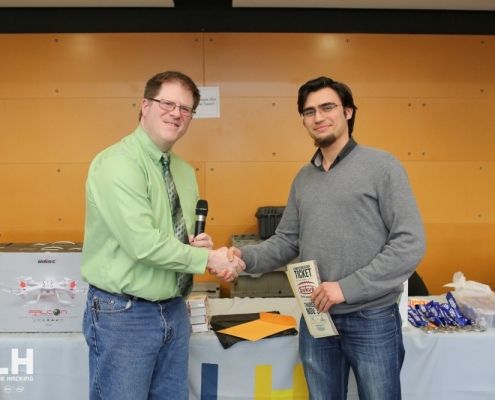
IIHR Graduate Researcher Hacks into Citizen Science
Yusuf Sermet was recently recognized with two awards at the Midwest Hackathon at Iowa State University. His crowdsourcing project focused on flood data.
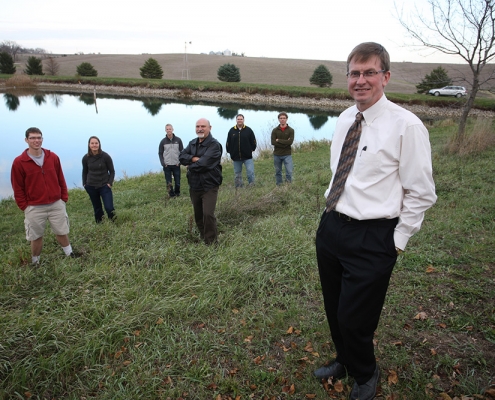
IFC Helps Bring $96.9M HUD Grant to Iowa
The Iowa Flood Center was instrumental in bringing a new $96.9M grant from the U.S. Department of Housing and Urban Development to Iowa.
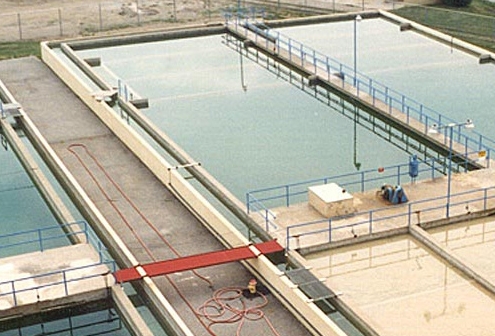
Safe Drinking Water for Iowans
Scientists at IIHR are working with municipal water supply operators in several Iowa cities to help bring safe and reliable supplies of drinking water to those communities.
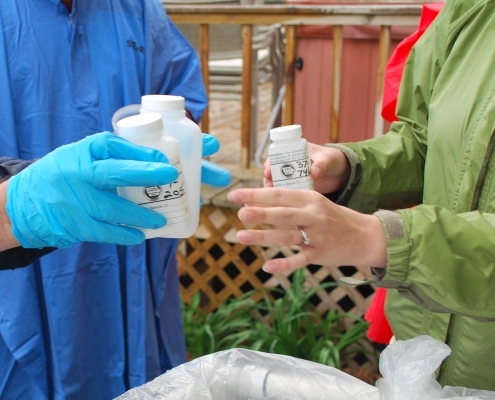
Studying Arsenic in Cerro Gordo County Groundwater
Five years later, a multi-institutional research study determines the source of arsenic in Cerro Gordo County private wells.
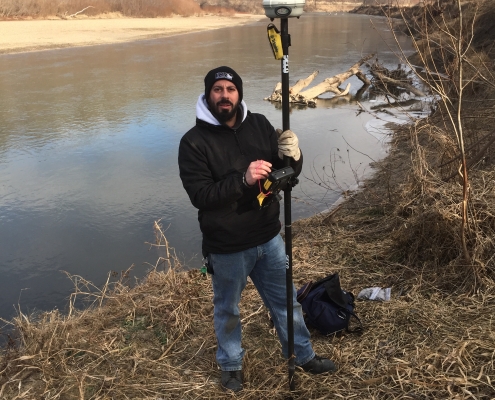
Destined for the Water
Danny Moustakidis plays a key role in nutrient research at the University of Iowa, studying soil phosphorus levels in the Turkey Watershed.
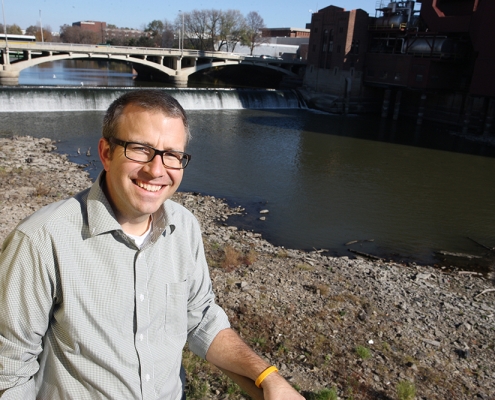
IIHR Researcher Studies Water Pollution Solutions
David Cwiertny is researching water quality and wastewater treatment.
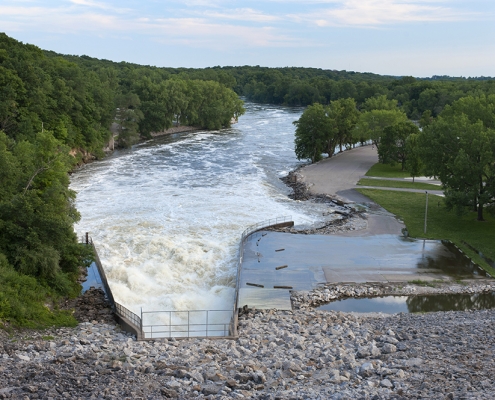
Villarini: Midwest Floods More Frequent
Floods are becoming increasingly more frequent over the Midwest and surrounding states, according to IIHR Assistant Research Engineer Gabriele Villarini.
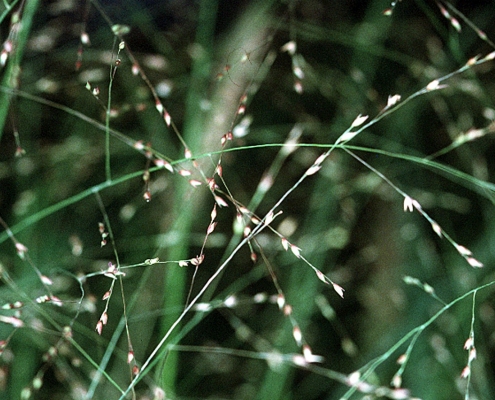
Switchgrass Removes PCBs from Soil
IIHR researchers have found a type of grass that was once a staple of the American prairie can remove soil laden with PCBs.

